|
|
Post by christine on Aug 18, 2024 0:20:45 GMT
BunnyWhit, as I read your post about Marilyn's beautiful orange dress that I've always adored, all kinds of thoughts were going through my mind. Mostly, how much the world has and has not changed.
I never knew the information you shared and as I was reading it, I kept thinking why didn't they design Abbey Lincoln a dress of her own instead of giving her someone elses dress to wear - as I read on my question was answered and I thought HOW SAD! Then I thought of something even sadder - has society really changed. I like to think so, but then some things that happen daily in our own country, cities, even neighborhoods say no things haven't changed. Yet the same thing I feel can be said of - yes things have changed. I think it's up to each person to look at others' talents and not skin color or culture. We can each make these changes in our own lives. I think it's important - just like preserving the treasures of classic film, TV and radio. Isn't that what we're about!
Even though I'll still enjoy when I watch Marilyn in that orange dress, I'll never view it in the same way again - and I think that's a good thing BunnyWhit. We all need these real life reminders sometime!

Thanks for that post BunnyWhit!

|
|
|
|
Post by BunnyWhit on Aug 18, 2024 1:01:45 GMT
Thanks for the thoughtful reply, Christine.
Just remember when you watch Gentlemen Prefer Blondes that Marilyn Monroe didn't do anything to taint the memory of that beautiful orange gown. So many times, in so many ways, she was a victim as well.
I certainly did not relate the information about the gown to in any way besmirch either Monroe, the film, or Lincoln. I think this story is one more in the canon that illustrates the power a thing -- in this case a lovely orange gown -- can have in cultural history.
So many lessons to learn.......
|
|
|
|
Post by christine on Aug 18, 2024 3:49:58 GMT
I agree with you BunnyWhit. I took it in the spirit that you posted. It was just information I wasn't aware of and brought those thoughts to mind. You're right about Marilyn too - and it is a beautiful orange gown.
|
|
|
|
Post by NoShear on Aug 19, 2024 14:49:11 GMT
Fading Fast, I suppose I could've waited until the Holidays season to post this beret-related drop for you as it's said to have been taken at Gary Cooper's 1932 Christmas party, but it's not too Christmas-y:  Mr. Cooper, would you introduce me to Norma Shearer?? He gives me that mischievous smile of his and replies, "Yep." |
|
|
|
Post by NoShear on Aug 22, 2024 12:55:40 GMT
For Fading Fast:  |
|
|
|
Post by christine on Aug 25, 2024 5:37:30 GMT
I have seen Alfred Hitchcock's REAR WINDOW 1954 many times. I watched it again this evening and was amazed again at Edith Head's lovely designs that Grace Kelly wore.




.jpg)
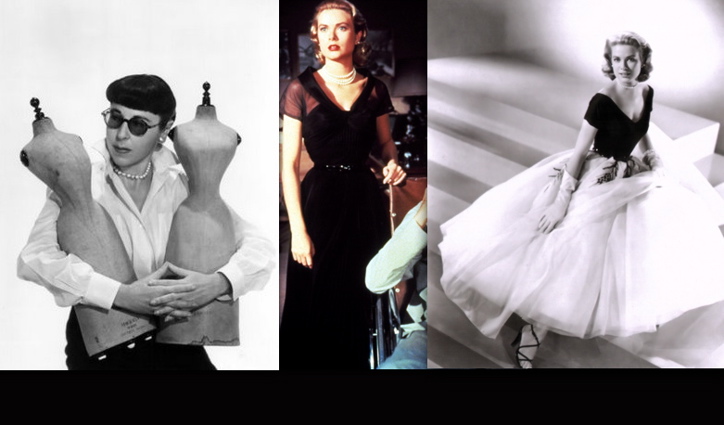



I think she deserved these!
|
|
|
|
Post by Fading Fast on Aug 25, 2024 7:37:59 GMT
I agree with every word you wrote, plus the tailoring is some of the best you'll ever see.
It is insanely good.
 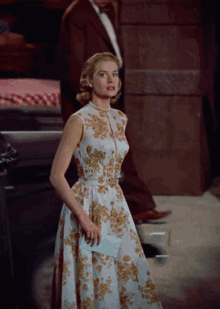
|
|
|
|
Post by NoShear on Aug 27, 2024 13:04:44 GMT
Careful, Mr. Sheldrake, she hasn't been declawed:  |
|
|
|
Post by Fading Fast on Aug 28, 2024 10:31:28 GMT
In the movie Lonelyhearts from 1958 (I just posted comments on it here: "Lonelyhearts" ), Robert Ryan wears wonderfully well-tailored and beautiful classic clothes - his tab-collar shirts are killer.
It is not only the suits that fit his tall lanky body incredibly well, which must be custom made, but his shirts look to be custom, too, as you'll notice the shirts' very "high" collars that work well with Ryan's long neck. Plus, even in black and white, you can see the quality of the materials.
Unfortunately, these are the best pics I could find, but in the movie, his suits - all his clothes - drape beautifully on him, even as he moves. It's fine craftsmanship and expert tailoring at work. Unfortunately, I could find very few stills of Ryan in this movie and only the top one that really captures the clothing.

  
Montgomery Clift is also in the movie, but his character has less money, so his clothes are off the rack, but very mid-century iconic "Ivy."
Monty in a Barracuda jacket:

Monty in a Macintosh:

Monty at an iconic newspaperman's desk sporting Clark Kent glasses:

I looked and looked, but couldn't find one of Dolores Hart (Monty's suffering girlfriend in this one) wearing an era-perfect camel hair polo coat, but you can just kind of see it here as she's wearing it standing behind Monty (wearing his Macintosh). Also note how nicely Ryan's tab-collar shirt makes his tie's knot neat while giving it a little pop:

|
|
|
|
Post by BunnyWhit on Aug 28, 2024 18:36:24 GMT
Yesterday I watched Two of a Kind (1951), and I couldn't help but notice that the bottom band of Edmond O'Brien's vest or sweater is turned up.

I have seen this before, notably Donald O'Connor's sweater in Singin' in the Rain (1952). His cuffs are turned back as well, as are Kelly's, which feels less odd than the turned up band.

I have spent a considerable amount of brain power pondering this, which I'm sure comes as a surprise to precisely no one.
I find this interesting. Shall I view it as a sign of the times -- the 1950s -- when proper fit was prized? A too-long sweater would have been considered sloppy? Or are there other issues at play here? Let's ponder together.
If a less slouchy fit was desired, these garments could have been knit to proper fit of the intended wearer or altered. Now, altering a sweater, although possible, is not exactly a fun task, and on a commercially knit rather than a hand knit sweater, it can be far more effort than it's worth. Still, it might seem surprising that the garments were used as-is for movie making in a time when films still offered a fair amount of escapism. It seems perfection was always the goal. If theatergoers wanted to see a man wearing the band and cuffs turned back on his oversized sweater like a regular guy, they could have stayed home to take a look at cousin Jimmy in the sweater Aunt Betty knit for him last Christmas because cousin Jimmy's just a regular guy.
How "regular" is this?
Jean Louis was the costume designer on Two of a Kind. For a lower budget Columbia film, perhaps it is understandable that the studio didn't want to go to the expense in dollars or time to knit-to-fit or alter the sweater, but sometimes I wonder if this matched Jean Louis' aesthetic for the rest of the costumes in the film. He kept Lizabeth Scott looking fantastic throughout, and the suits O'Brien wears in the film are beautifully tailored. In short, the guy looks like a million bucks. It seems the character wouldn't own a garment that didn't fit just right, so I find it surprising to see the band turned up on him, but as this is a more casual ensemble for the character, perhaps the turned up band is viewed as no big deal.
The sweaters in Singin' in the Rain are also a little perplexing. Walter Plunkett costumed the film on a healthy budget, and in keeping with M-G-M's M-O, so to speak, there are some dazzling little numbers (I'm looking at you, pale mint Lina Lamont get up). I've read Plunkett created greater than 500 costumes for the film. With the sort of work that went into all those garments for the film, would it have been a tremendous hardship to get proper fit on a couple of men's sweaters, or was doing so simply unnecessary because the turn back wasn't viewed as strange? Once again, I'm thinking about the characters in the film. O'Connor and Kelly are not playing struggling actors who couldn't afford to dress for the fashion. Their characters have already hung their stars and could afford new sweaters if they wanted. Perhaps they did not need sweaters that fit perfectly. Perhaps this is even more regular than one might think.
So, what was happening in real work-a-day life?
The turn back was not a new thing in the early 1950s when these example films were released. Here is an advertisement from 1942 in which all the sweaters are shown with the band turned up:
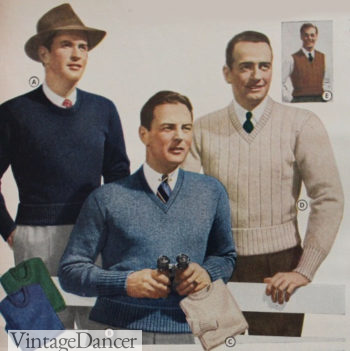
Commercially knit sweaters were not the only garments to receive this treatment. Here is an ad for a 1940 Chadwick's sweater pattern for the hand knitter:

(Look! It's cousin Jimmy!)
and T.M. Lacey's hand knitting patterns from December 1950 in which the turn back features variously throughout, including on the cover:
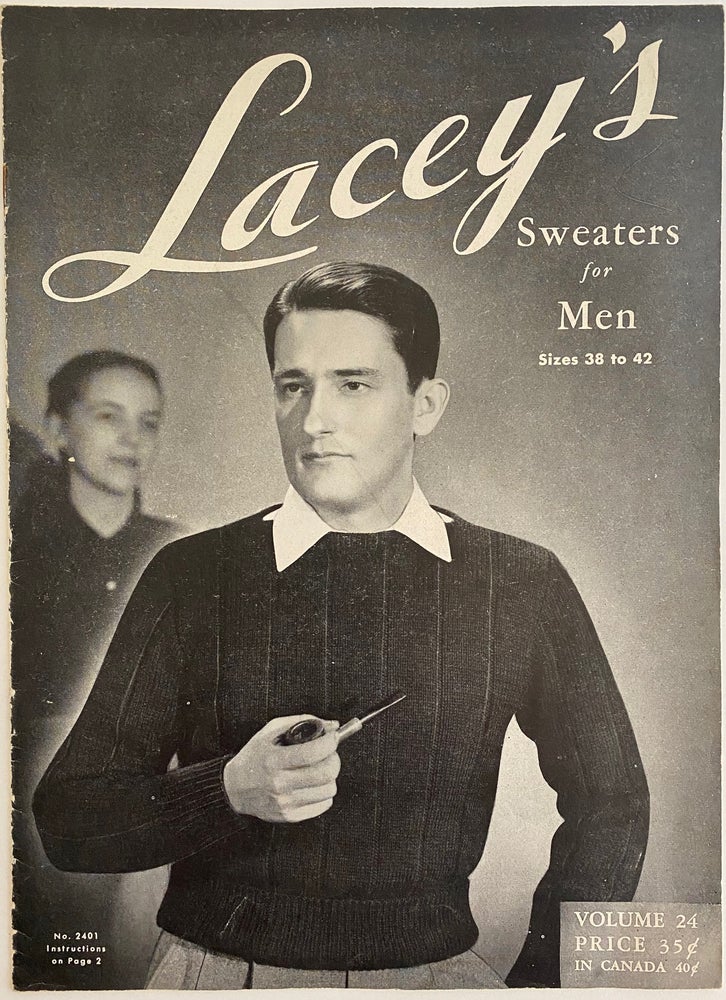
I have some thoughts.
For the most part, bands and cuffs on sweaters in the 1940s and 1950s were knit wider than those in previous decades, owing at least in part to the fact that the garments were simply worn closer to the body, and these taller bands and cuffs helped accomplish that. Also, the knitting typically was finer than the chunkier knits of the 1920s and 1930s. With trousers sitting at the natural waistline (which by most accounts today is high), sweaters looked well when worn at the waist also rather than lower toward the hips as was more typical in previous decades and again later. Consider how trim O'Connor and Kelly look in the photo above. Obviously they had dancer physiques, but notice how their sweaters did not really add bulk, even O'Connor's which is actually a heavier gauge knit as well as patterned.
Bear in mind also that we are talking about a war and post-war period. Though knitwear was commercially available, not all of it was machine knit. It was still possible to purchase a sweater from a manufacturer that had been hand knit. Hobbyist or home knitting was also widespread. Hand knitters were producing knitwear for themselves, for their families, and for the troops. Add the time and effort required to hand knit a sweater with the not uncommon shortages in fiber, and the result is knitted garments that will be in use for a long period of time, perhaps even the owner's lifetime. It makes sense then that the garments would be knit in versatile colors with plain or traditional patterns and without exaggerated fit features in order to bridge and withstand changing fashion. Instead of knitting the body of a sweater shorter to end at the natural waist when such was the style, the body was still knit with a band that met the top of the hip or even slightly longer so that the same expensive (in dollars and effort) garment could be worn and enjoyed even as styles changed. It was a matter of practicality.
Along with this practicality goes the notion that a garment is not disposable as soon as the style changes. As Peg says about the scarf in Desk Set (1957), "There's good wool in that!" In a time when the wearer of a sweater could remember Depression-era frugality -- or at least his parents could remember it -- it only makes sense that a sweater would be worn until it could be worn no more. Turn up the band, turn back the cuffs, whatever it takes to make the silhouette marry with the times.
The turned up band on these sweaters might look strange to the 21st-century eye, but it's not strange at all for its time, and cousin Jimmy, it turns out, perhaps isn't the weirdo you always thought him to be. Now if we can just get him to look as good in his turn back as Lawford does in Good News (1947).

|
|
|
|
Post by Fading Fast on Aug 28, 2024 19:29:25 GMT
⇧ Great post, BunnyWhit.
Everything you said makes sense and I'd only add a thought and a personal experience.
Sometimes a thing becomes a vogue that, then, becomes the standard for a long time (decades) just because "that's how we do it." In three-piece suits, for decades, men "who knew" never buttoned the lowest button on the vest. (I've read various reasons why it started, one having to do with men riding horses, but when I began buying suits out of college in the late 1980s, nobody was riding a horse to his office job.) So, maybe once turning up the waistband became a thing, it just had staying power and was "simply how we do it." That would explain why a costume designer with a large budget attiring a character who dresses well would do it that way. Again, it's just a thought.
On a related personal note, I don't know if you are familiar with the J.Press "Shaggy Dog" sweater. It's an icon in the narrow world of "Ivy" style. Many years ago, when I bought my first one and tried it on, the body fit perfectly (they were number-sized back then - a wonderful thing), but the arms were very long (and I have slightly long arms, so I never experience sweaters being too long in the arms). The salesman told me that it was intentional so that you can turn the cuffs back as "that's how it's done." Having not come from that world (East-coast Wasp, except for one poor grandmother who wasn't buying J.Press clothes) I was skeptical, but over the years, I've seen many people wearing them - and even a few in movies - and most of the time, the cuffs are turned back.
|
|
|
|
Post by BunnyWhit on Aug 28, 2024 21:04:08 GMT
Excellent points, FadingFast. Thank you.
I think with some sweaters, like a brushed Shetland -- the Shaggy Dog -- it is all but instinctual to turn back the cuffs, as if doing so is hardwired into the wearer's DNA!
It's a classic for a reason!
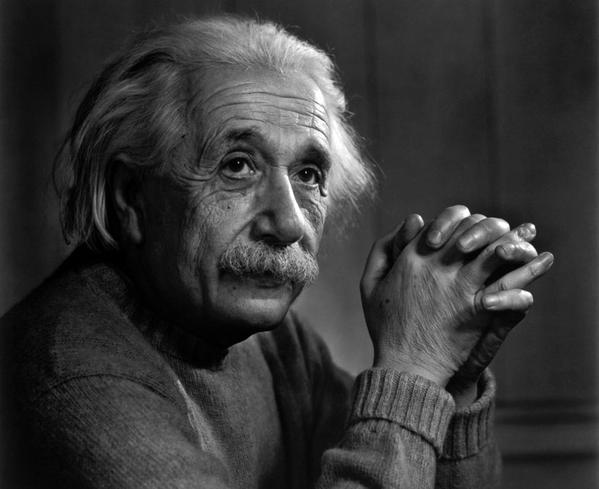
|
|
|
|
Post by NoShear on Sept 2, 2024 18:17:59 GMT
Fading Fast, I suppose I could've waited until the Holidays season to post this beret-related drop for you as it's said to have been taken at Gary Cooper's 1932 Christmas party, but it's not too Christmas-y:  Mr. Cooper, would you introduce me to Norma Shearer?? He gives me that mischievous smile of his and replies, "Yep." Fading Fast, I was going to post the following image for you, but I can't save it to this thread: www.ebay.com/itm/325459938564?msockid=15303c6be1d5676411982885e04766cb The photo suggests that Norma Shearer wore the outfit to Gary Cooper's soiree right over from the M-G-M lot after the shoot or posed directly at the aforementioned party with her beret positioned differently. |
|
|
|
Post by Fading Fast on Sept 2, 2024 18:58:00 GMT
Fading Fast, I suppose I could've waited until the Holidays season to post this beret-related drop for you as it's said to have been taken at Gary Cooper's 1932 Christmas party, but it's not too Christmas-y:  Mr. Cooper, would you introduce me to Norma Shearer?? He gives me that mischievous smile of his and replies, "Yep." Fading Fast, I was going to post the following image for you, but I can't save it to this thread: www.ebay.com/itm/325459938564?msockid=15303c6be1d5676411982885e04766cb The photo suggests that Norma Shearer wore the outfit to Gary Cooper's soiree right over from the M-G-M lot after the shoot or posed directly at the aforementioned party with her beret positioned differently.
Thank you. It's a really good one:
 . .
This is a stunning one from the same run of pictures:
 |
|
|
|
Post by NoShear on Sept 2, 2024 20:37:08 GMT
Fading Fast, I was going to post the following image for you, but I can't save it to this thread: www.ebay.com/itm/325459938564?msockid=15303c6be1d5676411982885e04766cb The photo suggests that Norma Shearer wore the outfit to Gary Cooper's soiree right over from the M-G-M lot after the shoot or posed directly at the aforementioned party with her beret positioned differently.
Thank you. It's a really good one:
 . .
This is a stunning one from the same run of pictures:
 Didn't take from my end, Fading Fast. Could you re-post? |
|